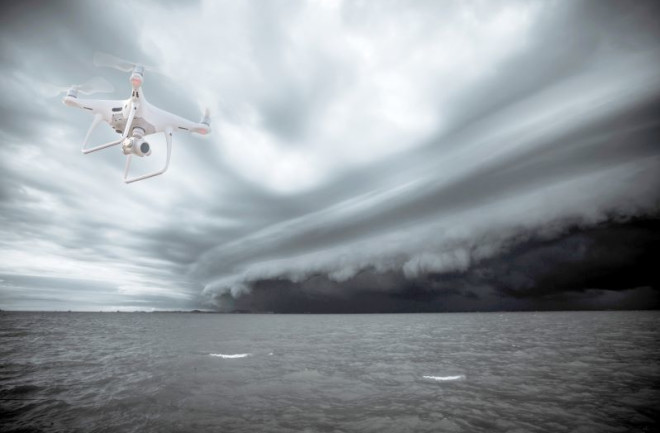This article appeared in the September/October 2020 issue of Discover magazine as "Superbots Save the Day." Subscribe for more stories like these.
Imagine you’re trapped in the wreckage of a collapsed building. Unable to move underneath the debris, you’re forced to wait, hoping a first responder will soon pull you from the rubble. Finally, something peeks through the tangle of concrete and steel, and you find yourself face-to-face with … a robot?
We have to contend with our fair share of disasters on our little blue planet. These calamities can range from extreme weather events like hurricanes to other naturally occurring phenomena such as earthquakes and volcanic eruptions. Sometimes, as with explosions and bombings, the destruction is intentional — whereas, in the case of nuclear accidents, mining disasters and most wildfires, it’s simply the unfortunate side effect of human activities. Regardless of the cause, for centuries, humans have set out on search-and-rescue missions to save those left in a disaster’s wake.
But in the past few decades, robots have taken an increasingly active role in these rescue efforts. Bots have battled their way through major events like the World Trade Center attacks, hurricanes Katrina and Harvey, the Fukushima Daiichi nuclear disaster and the eruption of Hawaii’s Kilauea volcano.

